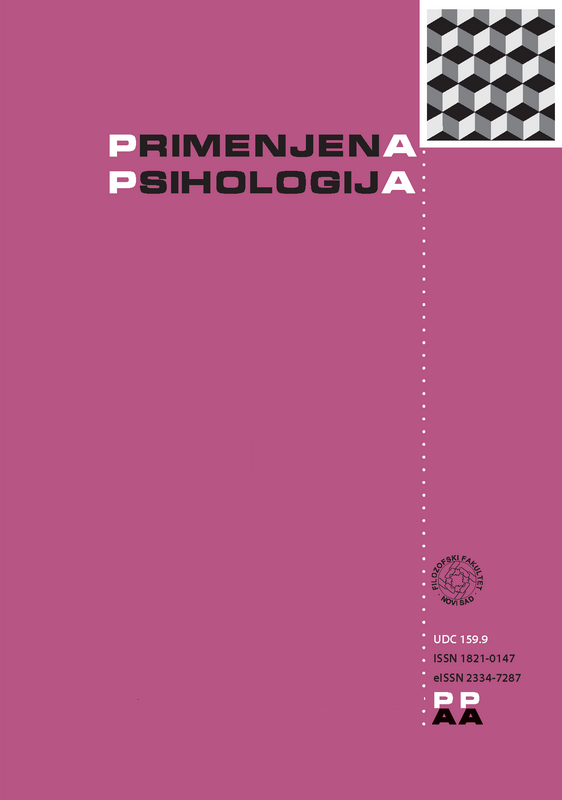Assessment of lying: The accuracy and the non-verbal indicators
DOI:
https://doi.org/10.19090/pp.2010.1.77-89Keywords:
non-verbal behavior, non-verbal indicators of deception, lie, deceit, detecting deceitAbstract
The aims of the study were (1) to determine the accuracy of the assessment of lying, and (2) to explore the correlation between the accuracy of assessment and the estimation of frequency of certain nonverbal behaviours. The study was conducted on a sample of 90 students of Police Academy in Zemun, Serbia. The sample was divided into two subsamples. The first one comprised ten junior students (6 men and 4 women). Five of them were asked to present true statements, while the other five were asked to deliver false statements. All the statements were filmed and presented to the second group of students. That group was consisted of 80 senior students (58 men and 22 women, aged 21 to 25). They had two tasks – to determine whether each statement was true or false, and to estimate the frequency of presenters’ non-verbal behaviours. The frequency of non-verbal behaviours was assessed using Vrij’s questionnaire. Results show that the students’ estimation of lying is less accurate than the estimation based on random guessing. Also, there are substantial individual differences in recognition of lying. The subjects who detect false statements more accurately, tend to perceive self-touching, hand movements, errors in speech and illustrations as more frequent. The same subjects perceive upper body movements and leg movements as less frequent. The subjects who were more accurate in the assessment of true statements report that leg movements, hesitation during speech and head movements were more frequent, while self-touching is less frequent. The behaviour of 'liars' is perceived as more tense, which is in accordance with stereotypical views on indicators of deception. The results may be used in the creation of training programs in recognition of lying.Metrics
Metrics Loading ...







